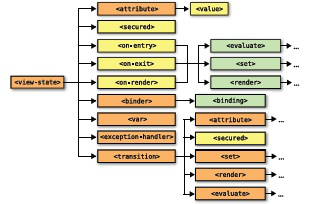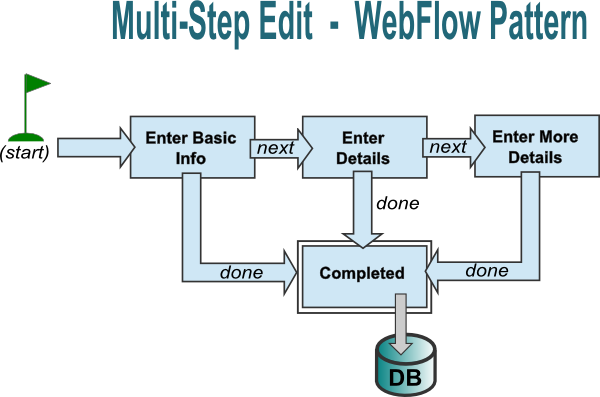Roads & PavementRoads & Pavement
Barefoot
Minimal
Low
Medium
High
Maximal
All around running shoes offer comfort and cushioning for daily runs, jogs, walks, and long mileage. They offer enough versatility for both faster and slower runs and are a great option for those who want one running shoe to do it all.
Fast run or uptempo running shoes are lightweight and responsive. They offer streamlined designs that have minimal uppers and offer a high level of energy return. These shoes are a great option for faster runs in the week or those looking for a livelier experience.
Max Cushion shoes offer premium cushioning with ample ground protection and a stable ride. These types of shoes provide abundant impact protection that softens landings while running at any pace or distance. These types of shoes are best for slower recovery runs and easy days where comfort takes priority.
Racing shoes are designed with optimal performance in mind. These types of shoes have snug-fitting uppers, energetic midsole foams, and features implemented for maximum efficiency. These types of shoes are best for runners looking to gain the ultimate advantage in races but may sacrifice some durability and comfort.
Gym Workout shoes offer a stable and versatile ride. They have a firmer underfoot feeling that provides stability for lateral movements with comfortable uppers. These types of shoes are best for trips to the gyms, cross training, casual wear, and light running. Chapter 8. Working with Spring Web Flow Spring in Action 4th
Road running shoes feature smooth outsoles that are designed for running on paved surfaces such as roads, sidewalks, and bike paths.
Designed to handle most trail runs, these shoes prioritize comfort and a smooth ride. These shoes are great for anything from smooth singletrack, park trails, and fireroads making them ideal for those who run from their doorstep on streets before hitting the trail.
These shoes are best used for hard, rugged trails such as shale, granite or sandstone where grip on smooth surfaces and underfoot protection are important.
Designed for use in muddy, soggy conditions, these shoes feature very aggressive outsoles that dig deep into soft ground for exceptional traction.
These shoes feature technical outsoles designed to grip snowy and icy trails making them ideal for winter trail running.
Cushioning level, or stack height, refers to how much shoe is between your foot and the ground. For this category, we reference the amount of cushioning below the forefoot as the heel height will be equal to or greater than the forefoot height.
Spring Tutorial Using Spring Web Flow Part 1 of 2
0-13mm. The Shoe generally does not have a midsole and feels like there is no cushioning. This shoe is all about feeling the ground underfoot.
14-18mm. The shoe has a thin midsole that allows for a natural running experience. Racing shoes and minimalist shoes are common here. These shoes offer a feeling of being connected to the road or trail.
19-23mm. The shoe has a slightly cushioned feel and may feature added cushioning technologies. Performance training shoes and some trail shoes are common here. These offer protection during footstrike but prioritize a lightweight, grounded experience.
24-28mm. These shoes have a stack height that fall near the middle of the spectrum.The shoes in this category are verstaile and great for all types of runs and distances.
29-34mm. The shoe has a thick midsole and ample cushioning. These shoes are highly protective and absorb more impact than the body.
35mm plus. The shoe has an extremely thick midsole and extra cushioning. The focus is on protection and soft foam underfoot with hardly any ground feel.
Neutral shoes support the foot through a normal range of arch collapse and generally do not have a built-in technology to correct movement.
Stability shoes are a great option for those who overpronate or need added support. These shoes help to limit the inward rolling motion of the ankle while running or walking and assist in guiding the foot straight through the gait cycle. Web Applications with Spring Web Flow and Terracotta for Spring
Product Details:
java Spring Webflow Subflow Referenced Flow Cannot be Found clearance, Spring Web Flow Support in IntelliJ IDEA 12 The IntelliJ IDEA Blog clearance, egovframework rte2 bsl getting started eGovFrame clearance, Spring Webflow Visual Editor Enable in Eclipse javapro clearance, Introduction to Spring Framework GeeksforGeeks clearance, Spring Tutorial Using Spring Web Flow Part 1 of 2 YouTube clearance, GitHub frozar Java Spring Boot with Web Flow and JSP Java clearance, java spring webflow jars not available Stack Overflow clearance, Spring Framework Web Flow PPT clearance, How to create Spring Web Flow Config IDEs Support IntelliJ clearance, Spring MVC Execution Flow Diagram Spring MVC 3.2 Flow clearance, Spring Web Flow JTips clearance, Spring Web Flow YouTube clearance, Spring Web Flow DZone Refcardz clearance, Spring Book Spring MVC and Spring Web Flow clearance, Lessons Learned Understanding Spring Web Flow in Apache Fediz clearance, What is an explanation for the flow of Spring MVC Quora clearance, Spring Development Genuitec clearance, Chapter 5. Flow executors clearance, Spring MVC Tutorial javatpoint clearance, Introduction To Spring MVC Flow Diagram Advantages upGrad blog clearance, Spring Web Flow basic example hop2croft s software development Blog clearance, Chapter 6. Practical Use of Spring Web Flow clearance, Spring Boot Web MVC and ReST flows by Siva Nadupuru Medium clearance, How Java Spring MVC Works Spring MVC Request Flow Explained clearance, Spring Web Flow 2 Released Introduces New Faces and JavaScript clearance, Spring Book Spring MVC and Spring Web Flow clearance, Spring Web Flow SpringerLink clearance, Spring Book Spring MVC and Spring Web Flow clearance, Chapter 2. Flow definition clearance, Introduction to Spring Web Flow clearance, Spring Webflow Tutorial clearance, Spring Web Flow DZone Refcardz clearance, Web Applications with Spring Web Flow and Terracotta for Spring clearance, Spring Tutorial Using Spring Web Flow Part 1 of 2 clearance, Chapter 8. Working with Spring Web Flow Spring in Action 4th clearance, Chapter 8. Working with Spring Web Flow Spring in Action Third clearance, Overview Spring Web Flow 3.0.0 API clearance, Spring Web Flow Support in IntelliJ IDEA 12 The IntelliJ IDEA Blog clearance, Spring Web Flow DZone Refcardz clearance, The Spring Web Flow 2.0 Vision clearance, Web Applications with Spring Web Flow and Terracotta for Spring clearance, Chapter 1. Introduction clearance, Spring Web Flow basic example hop2croft s software development Blog clearance, Spring Web Flow Reference Guide clearance, java spring web flow how is a request handled Stack Overflow clearance, The Spring Web Flow 2.0 Vision clearance, spring webflow Archives Java CodeBook clearance, 3. Defining Flows clearance, Step by step introduction to Spring Web Flow A beginners guide to clearance, Product Info:
Spring web flow clearance.
- Increased inherent stability
- Smooth transitions
- All day comfort
Model Number: SKU#7332613



/filters:no_upscale()/articles/spring-web-flow-terracotta/en/resources/image3.jpg)

